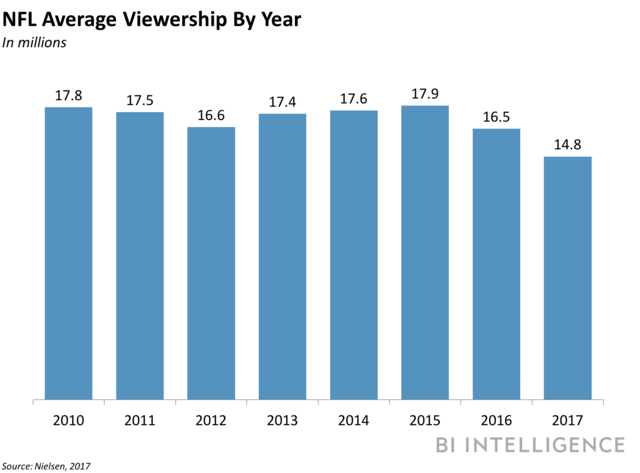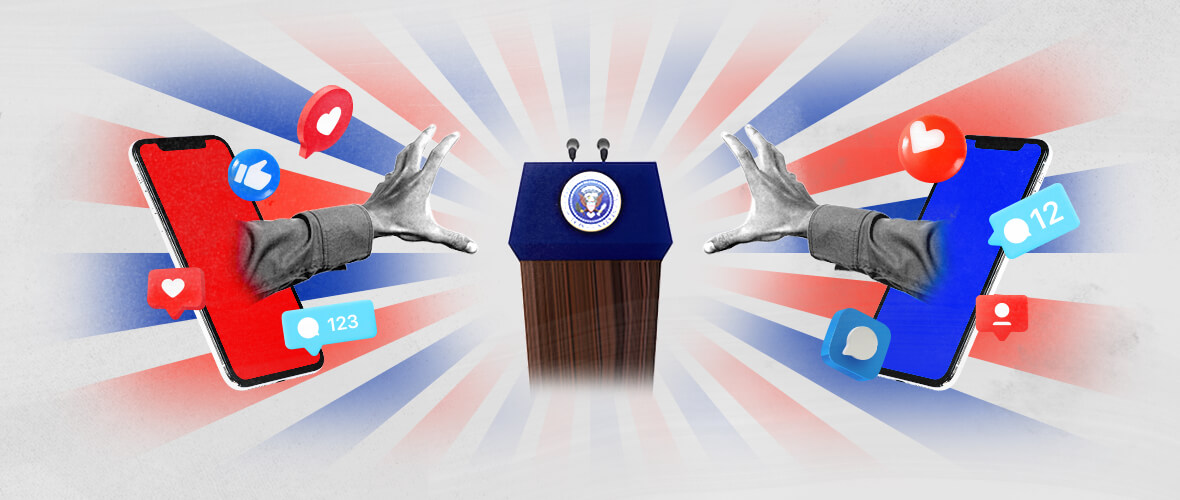Super Bowl Sunday Advertising: A Media Buyer's Analysis
You don’t have to be a sports fan to know that the most highly-anticipated television event of the year is the Super Bowl (or the “Big Game,” if you’re an advertiser not associated with the NFL). Dressed in their favorite player’s jersey, likely stained with buffalo wing sauce, viewers get to watch the Patriots and the Eagles battle for the chance to hoist the Lombardi Trophy.
Still, let’s be real. The true stars take center stage in between plays. It’s all about the commercials.
Generally, the TV ads are so good that they’re typically re-hashed around the office water cooler the next day. That’s why, in 2017, advertisers spent $160,000 per second for a chance to get their brand a little coverage.
But following a season of full of various controversies, will companies be willing to spend that much again? Our media buying and planning services team investigates:
According to Sports Illustrated media writer Richard Deitsch, the cost remains a hefty $5 million for a 30-second ad, and there were fewer than 10 spots available to purchase as of last week. But, with viewership for the 2017-2018 season down nine percent from the previous year, that price tag doesn’t add up.

There are plenty of theories as to why folks aren’t tuning in as frequently each Sunday. For some, the protesting and kneeling during the National Anthem was enough of a reason to cut the cord. Growing concussion issues and frustration with NFL Commissioner Roger Goodell may have also turned some away.
Some estimates have viewership at more than 110 million for this year’s game, and companies still seem willing to pay for undivided attention. The season may have seen a downturn, but it’s undeniable that millions will watch solely for the commercials, as if they were an event of their own. Fans talk about their favorite spots, which get played over and over again on social media, where the conversation ultimately leads and grows even more.
Unlike last year, when many companies released their commercials prior to the game, advertisers are waiting to reveal their products in prime time. In addition, this year will have the most long-form commercials ever, which will allow more time to tell a story.
So, if companies are willing to pay the price, knowing fewer folks are tuning in for NFL games, it’s likely that they still view the medium as a worthwhile investment. Perhaps there will be fewer eyeballs on the screen in real time, but with commercial shelf life extending long after the confetti has fallen, advertisers are betting on the pop culture element to remain.






